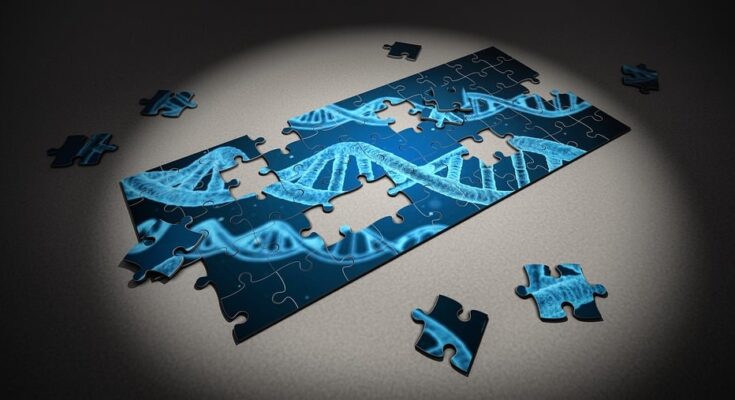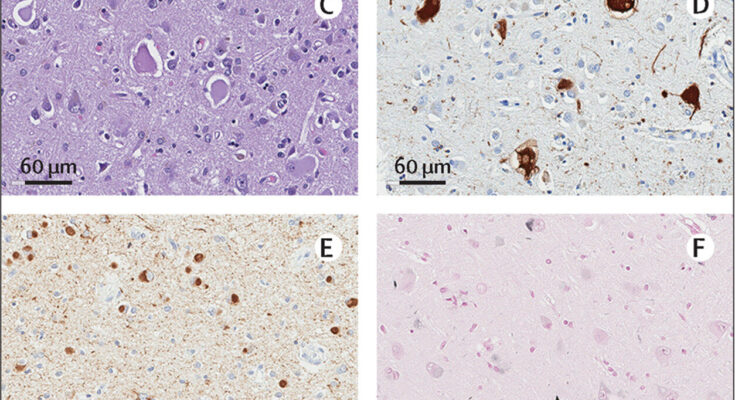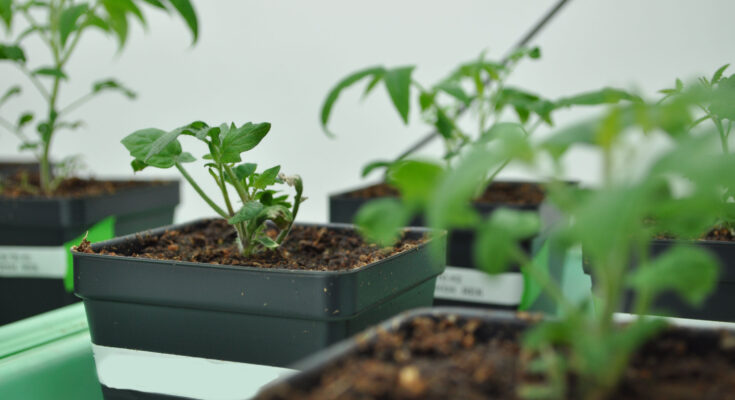HOUSTON – (April 24, 2024) – People say “When pigs fly” to describe the impossible. But even if most mammals are landlubbers, the ability to glide or fly has evolved repeatedly in mammals, from bats to flying squirrels. How did that happen? In a study published in the journal Nature this week, a team of researchers led by Princeton University and Baylor College of Medicine describes the genomic and developmental basis of the patagium, a thin layer of skin that allows some mammals to flying in the air.
“We don’t really understand how new traits and adaptations originate from a molecular and genetic perspective. We wanted to investigate how a new evolutionary phenomenon emerges,” said co-author Dr. Ricardo Mallarino, assistant professor of molecular biology at Princeton.
To better understand the patagium study, the team focused on marsupials. That’s because the ability to glide has evolved over and over again, using similar structural changes, in closely related marsupials like the sugar glider – a marsupial small enough to fit in your pocket, and popular as an exotic pet.
The Baylor team conducted genome sequencing for 15 marsupial species, identifying DNA sequences in both flying species and their non-flying relatives. Comparing the sequences, it revealed that things evolved very quickly around a particle called Emx2.
“What’s interesting is that the gene sequence itself doesn’t seem to be where the most important changes occur. Instead, the main changes are in short sequences of DNA, called ‘enhancers,’ located near the genome. They change the mechanisms that change how Emx2 works and where it works in the body, and that influence the evolution of flight,” said corresponding author Dr. Erez Lieberman Aiden, professor of molecular and human genetics and director of the Center for Genome Architecture at. Baylor.
“Understanding the main changes that occur at the genomic level to produce these changing characteristics is important because it can tell us where evolution has led to the path of least resistance. You can have the same effect but the paths different ways to get there,” he said. co-author Jorge Moreno, a graduate student in Mallarino’s lab.
Next, the researchers wanted to test this idea. To do so, they used one of the unique characteristics of marsupials – their bag. “Marsupial joeys are born at an earlier stage of development than typical mammals,” said co-author Dr. Olga Dudchenko, assistant professor of molecular and human genetics at Baylor and researcher at the Center for Theoretical Biological Physics at Rice University. “Instead of continuing to grow in their mother’s womb, they crawl into her pouch, and stay there until they are ready to take on the world on their own. The fact that they are there with bag makes it very easy to study which individual genes, such as Emx2, affect marsupial growth.”
The researchers showed that Emx2 produces the marsupial patagium using a genetic program that is probably present in all mammals. For example, Emx2 is active in the skin on the sides of mice and sugar gliders, but in sugar gliders, it is expressed for a very long time. As Dudchenko, with the Center for Genome Architecture at Baylor, notes, “By changing those important Emx2 promoters, one gene after another has joined this universal program in order to develop the ability to to slip.”
Inspirational news for pigs hoping to reach the skies.
Other authors of this work include Charles Y. Feigin, Sarah A. Mereby, Zhuoxin Chen, Raul Ramos, Axel A. Almet, Harsha Sen, Benjamin J. Brack, Matthew R. Johnson, Sha Li, Wei Wang, Jenna M Gaska, Alexander Ploss, David Weisz, Arina D. Omer, Weijie Yao, Zane Colaric, Parwinder Kaur, Judy St. Leger, Qing Nie, Alexandria Mena, Joseph P. Flanagan, Greta Keller, Thomas Sanger, Bruce Ostrow, Maksim V. Plikus and Evgeny Z. Kvon.
This work was supported by the National Institutes of Health (R35GM133758, UM1HG009375, RM1HG011016-01A1, F32 GM139240-01, T32GM007388, R01-AR079150); Searle Scholars Program; Sloan Society and Vallee Scholars Program; Welch Foundation (Q-1866), US-Israel Binational Science Foundation (2019276); National Science Foundation (DGE-2039656, NSF DBI-2021795, NSF PHY-2210291); LEO Foundation (LF-AW-RAM-19-400008, LF-OC-20-000611); and the WM Keck Foundation (WMKF-5634988).
/ Press Release. These articles from the organization/authors may be contemporary, and edited for clarity, style and length. Mirage. The content does not take the positions or sides of the organizations, and all opinions, positions, and decisions expressed here are those of the (authors). See more here.
#Genes #Development #Gliding #Revealed #Scientists






